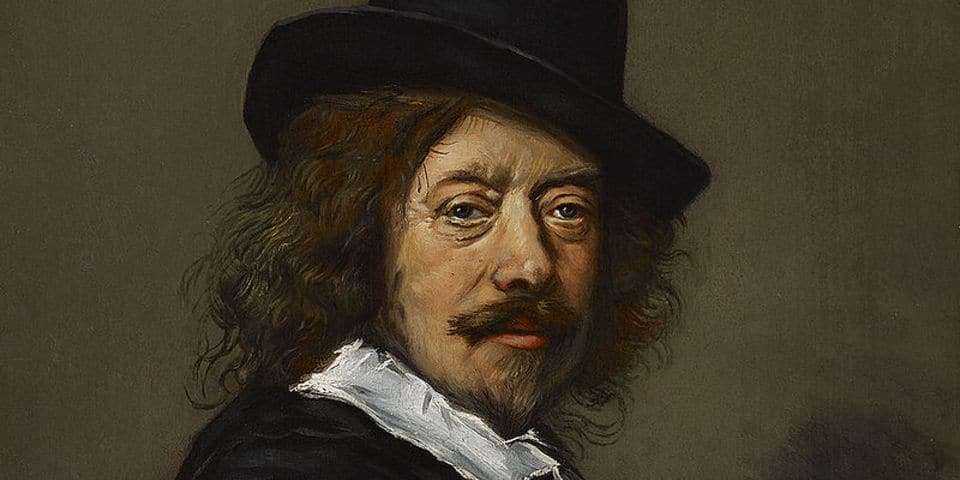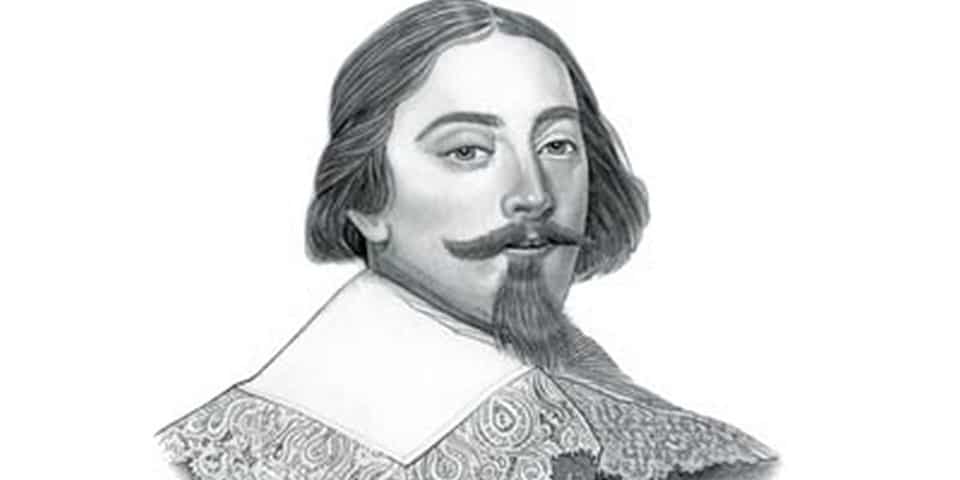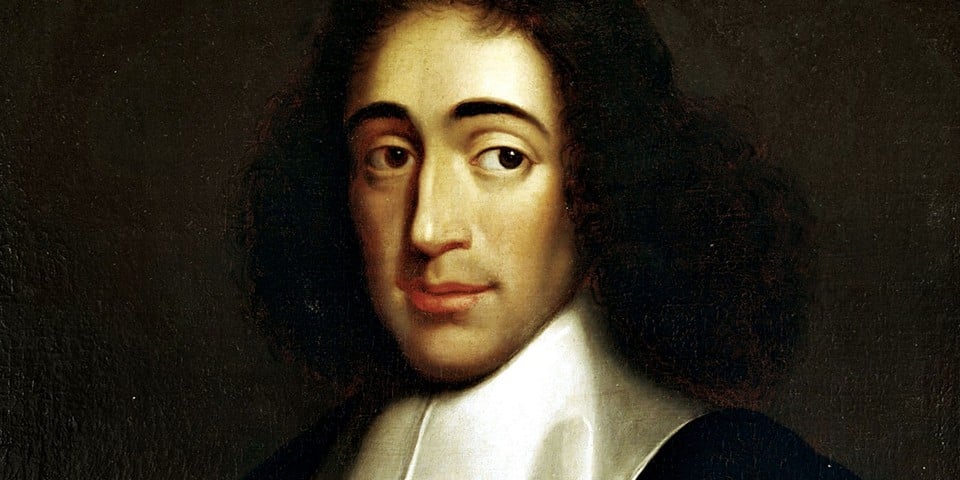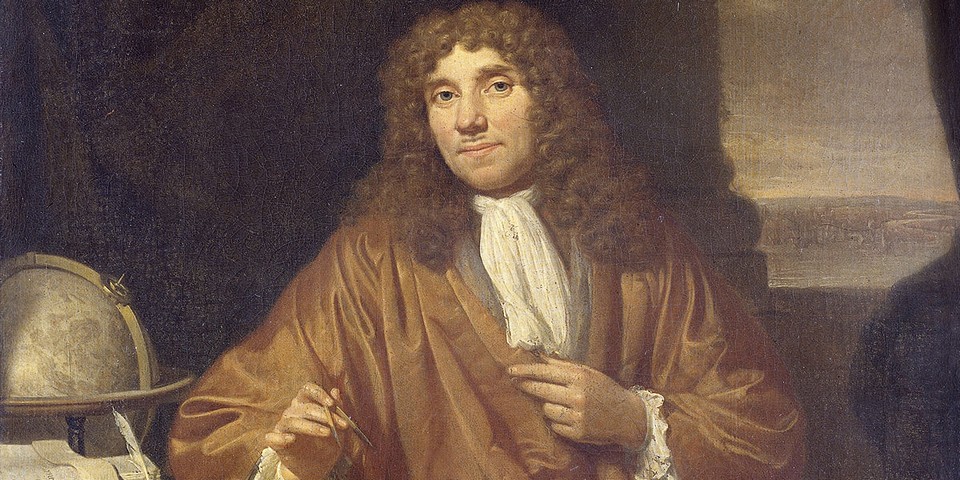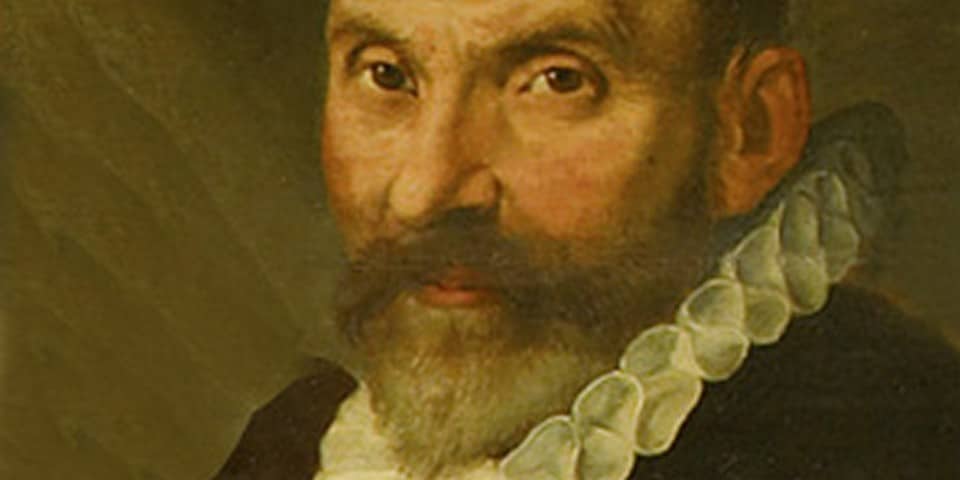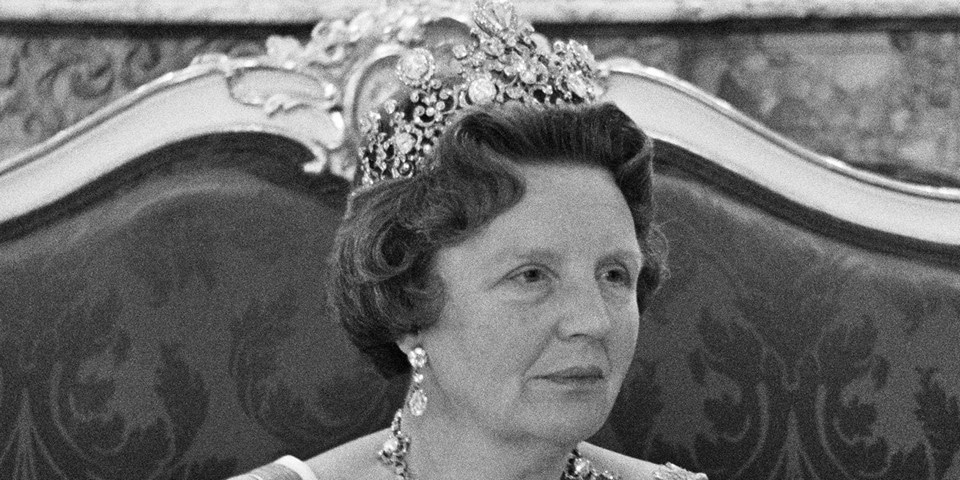Frans Hals - Flemish painter of the 17th century, known for such canvases as "Portrait of a Man" and "Portrait of a Young Man with a Glove in Hand", exhibited in the Hermitage in St. Petersburg, "Evangelist Mark", presented at the State Museum. ... A.S. Pushkin in Moscow, "St. Luke", kept in the Odessa Museum of Western and Eastern Art. The largest collection of works by the great portraitist is in the Het Museum Franz Hals in Haarlem in Holland.
Childhood and early career
France was born in 1582-1583 in the city of Antwerpen. Parents - Adriantier and Francois Frans Hals van Mechelen (Adriance, Francois Frans Hals van Mechelen), who was engaged in weaving.
The family moved to Haarlem in 1585, and the entire fate of Khalsa will be connected with this city.
From 1600 to 1603, Frans Hals took lessons from the mannerist artist Karel Van Mander. In 1610 Hals joined the Guild of St. Luke (Het Gilde Van St. Lucas). This Guild united restorers, masons, glass craftsmen, painters and served as an art school. Those who joined the Guild regularly paid membership fees.
At first, France is engaged in restoration work, but gradually begins to try to paint portraits. Many rich and noble families lived in the city of Haarlem, and already in 1611 Frans Hals completed work on his first work.
The beginning of the way
In 1615, they started talking about Khalsa as a promising painter. He was glorified by the group portrait "Banquet of officers of the rifle company of St. George" (1616). This work is considered the beginning of the "Golden Age" of Flemish art. Critics note the clarity and relief of the figures in the first works of the artist, warm shades that convey the joy of the existence of the depicted characters.
In the 20s of the 17th century, Khals tried himself in different genres of everyday scenes and paintings based on biblical subjects. For example, the images of the apostles Luke and Matthew (1623-1625, the paintings are in Odessa, in the Museum of Western and Eastern Art).
His favorite heroes in the 20s and 30s of the 17th century are the poor, ordinary townspeople, people from the people:
- "Jester with a Lute";
- "Boon companion";
- "Gypsy";
- "Mulatto";
- Fisherman Boy;
- Malle Babbe;
- "Smiling Cavalier", etc.
Even the holy evangelists are depicted as representatives of the common people, close and understandable to every viewer. Khals emphasizes the spontaneity and charm of their characters, their ability to enjoy the simple moments of life. Each canvas has a bright personality, complex character, interesting to the artist and representing the whole immense world of the soul of a commoner.
Democracy becomes the leading idea of the Flemish painter's work.
The favorite genre of group portraits during this period is being revised by the master: Hals turned away from the official poses of the characters, tries to portray them in a real setting, emphasizes their usualness, "humanity".
So the artistic canvas begins to conduct a dialogue with the viewer, arouse his keen interest. The well-known works of Hals have been carried out on the basis of these principles:
- “Banquet of officers of the rifle company of St. Adrian "(1623-27);
- “Banquet of officers of the rifle company of St. George "(1627);
- “Group portrait of the rifle company of St. Hadrian "(1633);
- “Officers of the rifle company of St. George "(1639).
Hals' canvases represent all strata of society, real life pictures and real characters. Representatives of the nobility, military, merchants, vagabonds at the time of their everyday existence - all social types are equally interesting to the artist.
Khalsa is distinguished by lightness and ease of writing, a temperamental manner of reflecting reality, dynamism of images, optimism.
Among the works of this period, the ceremonial "Portrait of Willem Heitheissen", where the character is depicted in full growth in a formal suit, stands out.
Hals creates in Haarlem, does not like to leave the city. There is a work that had to be written in Amsterdam, started by the artist, but never finished, because of which another master had to finish it.
Glory
The peak of Khalsa's popularity is considered to be the 40s of the 17th century. It was during this time period, in 1644, that Khals was elected head of the Guild of Saint Luke.
In 1649 he painted a portrait of the philosopher and scientist Rene Descartes.
In the 40s, a greater number of paired portraits, images of spouses were created: the spouse on the left canvas, the spouse on the right. In such works, traditional symbolism is used: flowers and plants next to the heroes are associated with loyalty and devotion.
On one canvas, the husband and wife appear only in the "Family portrait of Isaac Massa and his wife" (1622).
The main feature of the paintings of this period is a deep psychological analysis, the desire to show the spiritual world of each person:
- “Regents of St. Elizabeth "(1641);
- "Portrait of a Young Man" (1642-50);
- Jasper Schade van Westrum (1645).
The paintings of this period are recognizable for their silvery and gray shades, associated with immersion in the depths of the psychology of the characters.
Late period
About the final stage of the painting career of Hals, they say that they used many shades of black and white. There are only a few colors in the works, they at first glance seem dim and restrained, but the artist works on chiaroscuro, halftones, contrasting colors:
- "The Man in Black Clothes" (1650-52);
- "Willem Cruz" (1660) and others.
This period is distinguished by the master's philosophical reflections on life and its meaning. Many works are pessimistic and convey the tragedy of human existence:
- "Regents of the Asylum for the Elderly" (1664);
- "Regents of the asylum for the elderly" (1664).
At the end of his career, Hals almost does not write, the circle of customers is shrinking, and his old age proceeds in extreme poverty and the coming obscurity.
Character
Khals was a comprehensively gifted and enthusiastic nature. In the years 1616-1625 he was a member of the Department of Rhetoric, a kind of public association of literature lovers. In this club, Hals has made friends and associates, as well as customers.
The testimonies of contemporaries characterize Frans Hals as an energetic, cheerful person, a lover of fun and jokes. Like his heroes, he loved merry feasts, noisy celebrations. This did not meet the strict requirements of the Protestant trend, which was then leading in Holland - Calvinism.
The list of negative character traits of the artist includes straightforwardness, stubbornness, irascibility, and disorganization. Such qualities very much hurt Hals in life, did not allow him to break through to honor and glory.
Family and Children
The first time Khals married in 1611 a girl named Anetie Charmander, in the same year the couple had a child. In 1615, Khalsa's wife died in childbirth, and a few days later the second child died.
Thanks to the help of the guardian of his first wife, Khals joins the police detachment - the St. George's rifle squad, in which he is a musketeer from 1612 to 1624.
In 1617 he remarried to Lisbeth Reyners. Despite the hot-tempered nature of his wife, they lived together for over 50 years.
Frans Hals had 11 children. 5 sons became, like a father, artists whose main genre was a portrait.
The last years of the artist's life were half-starved. Khals received a small pension from the municipality, but was indebted to the city's meat and bread traders. Before he dies, he ends up in a beggar's shelter.
The artist died in this orphanage on August 26, 1666. There were only a few people at his funeral. The house where Frans Hals ended his journey now houses an art gallery named after him.
